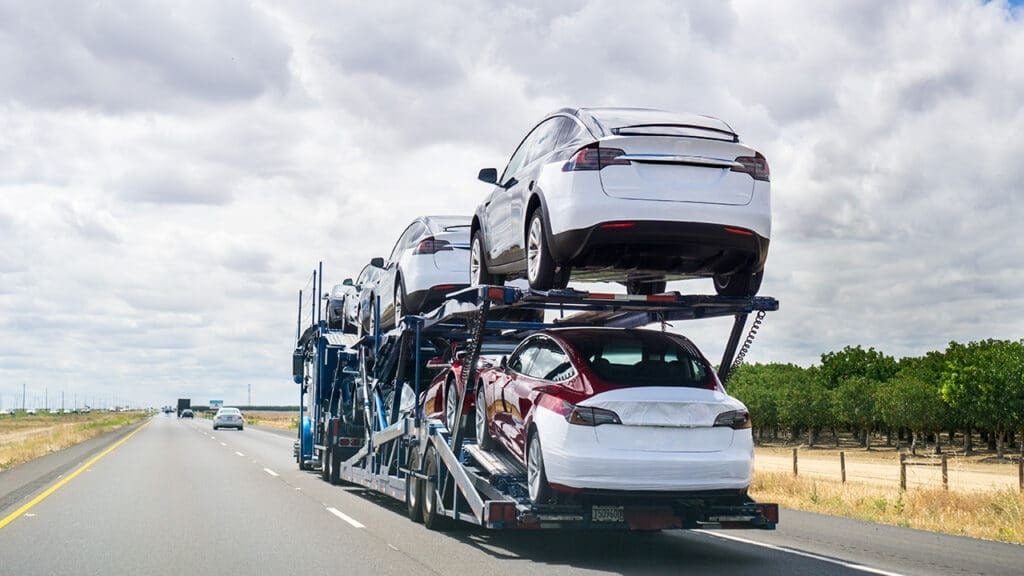Whether you’ve purchased an old car as a restoration project or simply want to transport your non-functional vintage ride, shipping a car that doesn’t run yet comes with some unique considerations. This article will outline the important steps and things to keep in mind when transporting an older vehicle that is not currently operational.
Is it Even Possible?
The short answer is yes – it is possible to ship a car that is not running via an auto transport company. However, there are a few extra precautions that need to be taken with an non-running vehicle compared to shipping a car that is in fully functional condition.
Shipping An Old Car – Preparation is Key
Proper preparation is extremely important when transporting a car that can’t be started. The vehicle will need to be thoroughly inspected to ensure it is completely safe and secure for the journey. Tires should be in good condition and properly inflated, as the car will not be drive on. All fluids like oil, transmission fluid, coolant, power steering fluid etc. should be filled to appropriate levels. Brakes should be in working order as a safety precaution.
It’s also a good idea to drain the gas from the fuel tank to eliminate any risk of leaks or spills during transport. The battery should be removed from the car and securely packed separately to prevent draining or damage. Make sure to disengage the handbrake as well.
Shipping An Old Car – Securing the Vehicle
Extra securing of the vehicle is crucial since it will not be started or stopped during transit like functional cars. Thick bungee cords or ratchet straps should be used to tightly bind the vehicle to the transport deck in multiple places like the front suspension, rear axle and tie-down points underneath. This ensures there is no excess movement or shaking during the journey.
Choosing a Transport Company
When selecting an auto transport carrier, it’s important to clearly inform them that the vehicle will not be operational so they can make the needed preparations. Look for companies that specialize or frequently haul inoperative project cars. Good carriers will have experienced drivers who are adept at properly securing non-running vehicles for transport.
Open or Enclosed Transport
| Open Transport | Enclosed Transport |
| – Cheaper option
– Exposure to elements like rain, snow etc. – Potential for debris/road grime |
– More expensive
– Fully protected from weather – Cleaner transport environment |
For a non-running classic car, enclosed auto transport is generally recommended. It protects the vehicle from dirt, debris and weather exposure which is important for restoration project cars or vehicles that will be showcased. However, open transport can work if it’s carefully wrapped and secured.
Shipping An Old Car – Expect Delays
Shipping a vehicle that can’t be started will invariably result in longer load/unload times compared to a functional car. Drivers will need to carefully leverage or winch the vehicle into position versus merely driving it on. Allow extra time margins as breakdowns or issues are also more probable during transport without an operating engine. Inspect thoroughly upon arrival as well.
Plan Ahead and Communicate Needs
The key aspects when transporting an old vehicle that isn’t running yet are thorough preparation, secure fastening, choosing an experienced carrier and realistic expectations. Inform the transport company in detail about the special requirements and get confirmation of their ability to accommodate a non-functional classic car. With proper planning and precautions, shipping an old project ride is definitely possible.

